Lichen vs. Moss
It can be difficult during a nature walk to identify lichen vs. moss. These simple descriptions and pictures should help you learn the differences between the two.
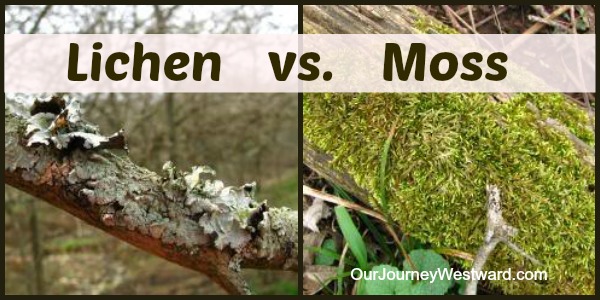
Lichen vs. Moss: What’s the Difference?
Through the course of our nature clubs and writing the NaturExplorers studies, the following question has come up several times. “What’s the difference between a lichen and a moss?”
The answer is really quite simple. Lichens are not a plant, while mosses are.
In the NaturExplorers study A Fungus Among Us, we dive into the topic of lichens. Lichens are made from fungi that live in a mutualistic symbiotic relationship with algae. A mutualistic symbiotic relationship is one where both partners live together in some way and both of them benefit from it.
Algae are green plants that make their own food through photosynthesis. Fungi, on the other hand, get food by growing hyphae (which are kind of like tubes) that secrete digestive enzymes and absorb nutrients from the environment around them. Both algae and fungi also get some nutrients from water absorption.
In the case of lichens, the hyphae of fungi grow into the cells of algae. This is partly what gives lichens their shape, but more importantly, the fungi have a consistent source of food in the algae. The algae benefit, too, as they often get some of the water and nutrients from the fungi. The hyphae also give algae a sturdy and protected place to live.
Lichens reproduce either through the production of spores like most other fungi, or can sometimes reproduce when fragments of the tough, bark-like structure break off and fall on an appropriate surface.
Lichens grow in all sorts of climates and on all sorts of things from trees to gravestones to metal poles. Normally, finding a fungus growing on a tree is a bad sign for the tree since the mycelia from the fungus grow into the tree and compromise its health. However, many naturalists believe that lichens are actually a good thing for most trees and can provide them with healthful nutrients!
Lichens don’t always look alike, but a general description is a dull, flat, leafy, crusty growth. You can view some of my recent lichen photographs below.
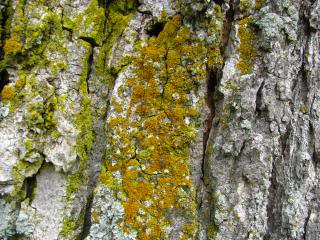
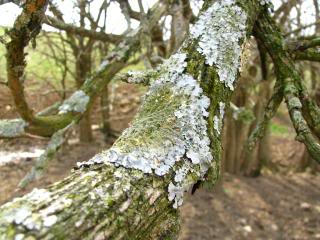
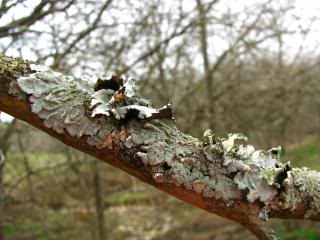
Mosses are plants. They’re typically soft and grow in dark, damp places like a rock in an intermittent stream or on the floor of a damp wooded area. One good way to describe a moss is like a green mat that you might place on your porch.
Even though mosses make their own food through photosynthesis like other plants, they do not have flowers or seeds. Instead, they send out spores or can reproduce when one part of the moss breaks off and lands in an appropriate place for growth.
Below are pictures of moss we found on a recent nature walk.
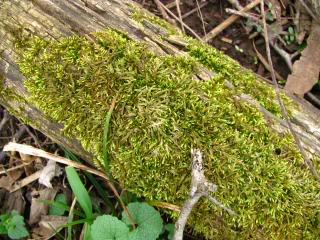
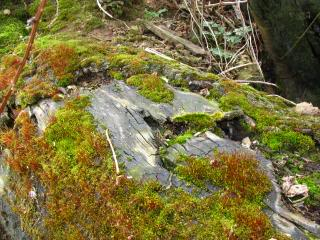
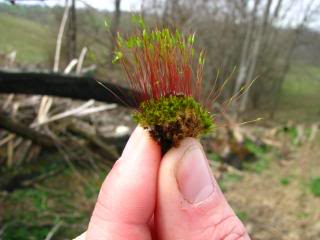
I hope you can easily tell the difference between lichen vs. moss during nature study!
Do Nature Study with Us!
We studied lichens in detail during a fun and interactive No Sweat Nature Study LIVE lesson. Members have access to the entire library of recorded classes + have the opportunity to attend two brand-new LIVE classes each month.
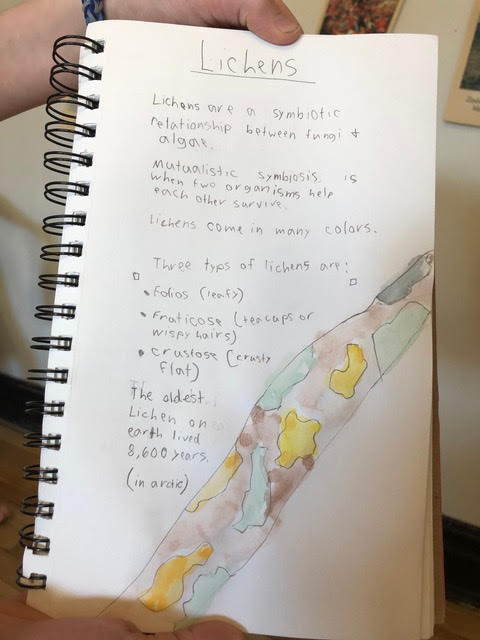
We would love for your family to join us to experience science through nature and nature journaling in a unique, online setting that can inspire a LOVE for all things nature.
More on nature!

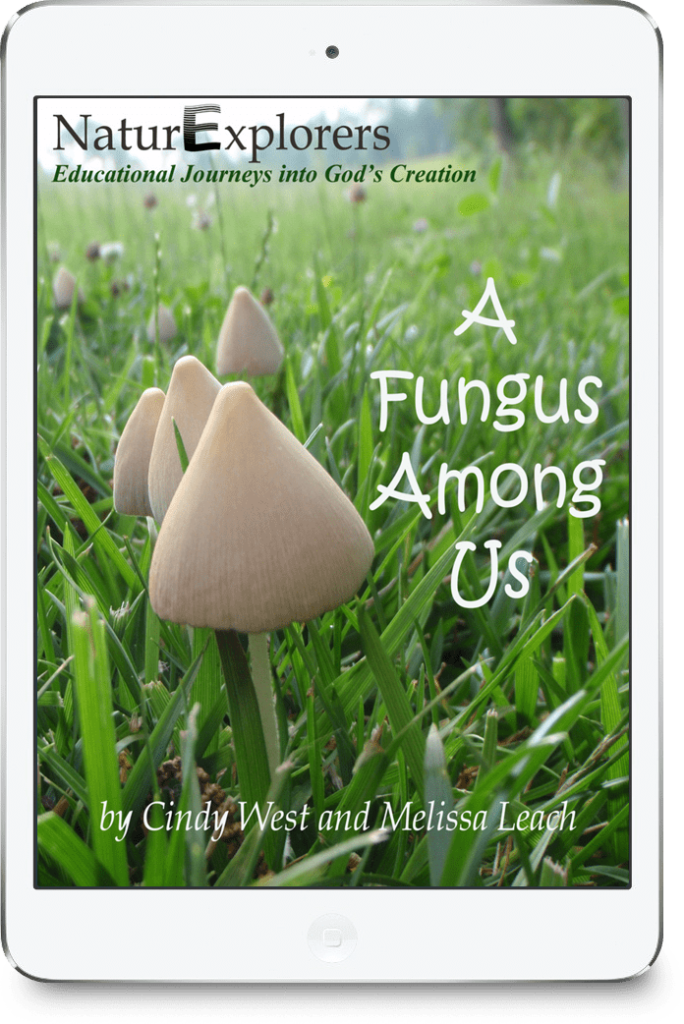
Thank you! Thank you! I am about to teach a lesson on this very topic to our Nature Club, and your post is a perfect fit! Thank you so much for sharing!
You’re welcome, Liza. Have a great nature club meeting!
My last BS summer camp was at Camp Cedars, and one of my merit badges was Nature and Insect Study. When we were going on a nature walk to tour the trees with plaques, one of the trees had moss on it. One scout who acted like a smartass/know-it-all, and a rebel who went off on his own and disobeyed our instructor got all worked up at it being lichen.
Thank you for this explanation and the beautiful photos. I love my garden and have recently been making a border round it as it is open plan. I have collected discarded bits of stone over recent months and am delighted that they have quickly looked “weathered”. I love the green, the more the better for me !! I also have a rockery which was laid some years ago and now has a lovely coating of moss…. also a source of joy to me. I don’t know much about plants but am learning slowly.